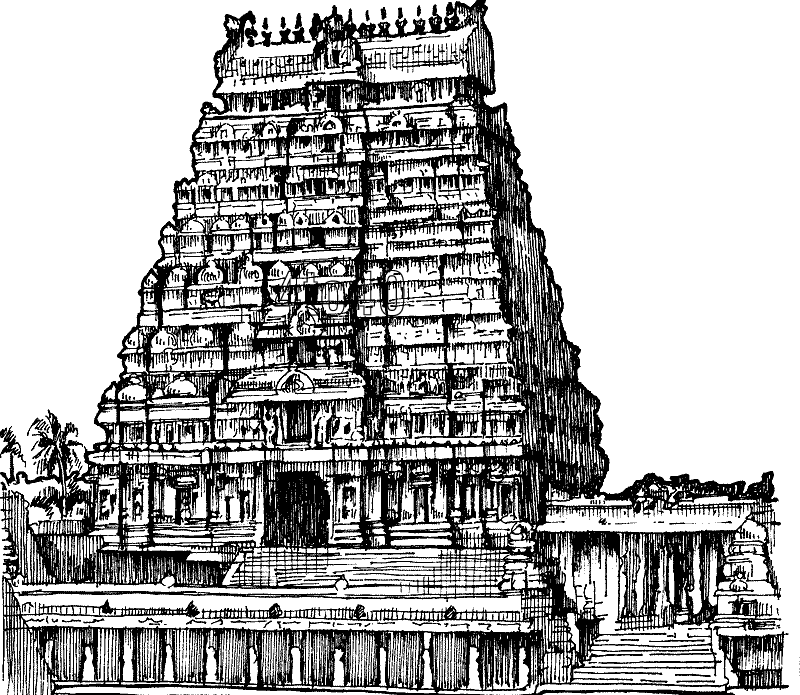LALITHA SAHASRANAMAM
@ S. Subramaniam

कुलामृतैक रसिका (90)
Kulamrutaika Rasika (90)
Meaning:
The above namah, for better understanding, should be split as Kula-Amrita-ika-Rasika.
It is generally believed that at the highest level of medication, when the Kundalini shakti reaches the crown of the head, the Sahasrara Chakra, a nectar-like fluid oozes out of it and flows downwards towards the throat. This nectar is called Kula and as per this namah, Devi is extremely fond of (that's why She is referred to as the Rasika) of this nectar - the Kula Amrita.

Interpretation:
Starting from this namah, till the 111th namah, all namahs will contain the word Kula. We now enter the stage where Devi's names are described with reference to Kula.
Devi likes the taste of Kula - the Amrita. That's a very simple explanation to understand the meaning of Kula Amrutaika Rasika. But it has a deeper meaning.

Scholars insist upon the point that the flowing of Kula Amrita does not happen automatically once the Kundalini reaches Sahasrara chakra. It happens only when the Union of Shakti and Shiva happens and the namah is to be correctly interpreted as Devi is fond of (rather eagerly waiting for) her Union with Shiva to happen. The two energies combine together to form the inseparable Shiv-Shakti energy explain the scholars..
Quote from Soundarya Lahari
In Sloka # 34 of Soundarya Lahari, Adi Shankara explains the concept of Shiva -Shakti Union. The learned Sage refers to it as Shareem tvam Shambho….

Devi is conceived as the body of Shiva. Shakti is the support for Shiva and hence they cannot be separated.
“Shareeram tvam Shambho” signifies that Shiva and Shakti amalgamate into one body and no longer appear as two separate entities.
Author's Note:
Vaag Devi-s have deliberately used the word Rasika in this namah to enable common man, ordinary devotees to understand the joy of tasting Amrita or as the Scholars explain, the Union of Shakti and Shiva.
A matured devotee will understand that neither Devi nor Lord Shiva can be brought within the ambit of human feelings such as joy of the taste of Amrit or the urge for union etc.
The Union of Shiva and Shakti should be understood as an ultimate state where the two two energies merge with each other to produce supreme bliss - which results in the formation of the nectar or Amrit or Kala.
The Union happens not because of any desire to get united but something to the contrary. Remember it is Lord Shiva who destroyed Kama or desire and Devi who revived it. Adi Shankara, again, in the Ardhanari Slokam mentions about this.
कृतस्मरायै विकृतस्मराय नमः शिवायै च नमः शिवाय ||
Krutha Smarayai Vikrutha Smaraya,
Nama Shivayai cha Nama Shivaya
Salutations to Devi who brought Kamadeva back to life and Salutations to Lord Shiva who destroyed the God of love - says the Sage. Neither Shiva nor Devi (Shakti) who are capable of destroying / reviving desire, cannot be controlled by desire. Wonderful explanation by Bhagawadpada.
Following the footsteps of the Acharya let us also pay our salutations to Shiva and Shakti and conclude today's discussion on the namah.
Disclaimer: All matters contained in this article are the property of www.templesofasia.com. The opinions expressed in this article are purely that of the author. The author alone is responsible for the accuracy, authenticity, completeness and validity of all the information in the article.


Commenti